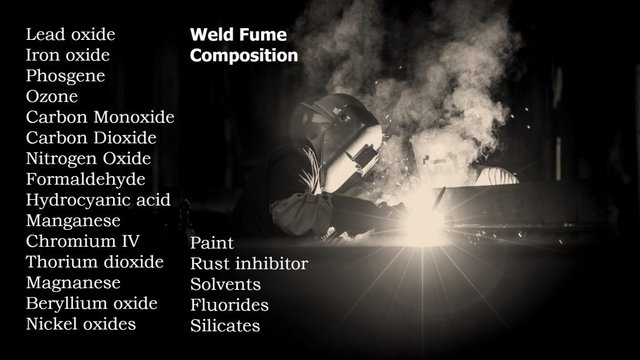What is Welding
Welding is one of the most known manufacturing processes and involves the joining of two materials that in most cases are metals through a fusion process (also known as coalescence). This welding process occurs through the casting of both parts (some type of filler material can be added at this time). Once the melting of the casting occurs, it becomes a fixed connection between both materials.

One of the main sources of energy that welding requires is electrical energy. If you are looking for an own welding machine you can check out for example this review here.
What types of welding are there?
First of all, it is important to differentiate the two existing types of welding depending on the filler material, which are the materials that are used to form a weld bead of good quality. So, depending on this material, we can highlight two forms of welding: homogeneous or heterogeneous.
TYPES OF WELDING DEPENDING ON THE MATERIAL OF CONTRIBUTION
There are two types of welding for metallic materials that vary according to the material of contribution:
HOMOGENEOUS WELDING
It is the type of welding in which the well-known material is not used or, if it is used, it is of the same material as the pieces that are going to be joined.
That is, for the welding to be homogeneous if filler material is used, it is required that it be of the same type as the material of the pieces in question.
HETEROGENEOUS WELDING
It is the welding that is made between materials or metals of a different type or that in which, although the metals are of the same type, the material of contribution is of different nature.
TYPES OF WELDING
STRONG WELDING
Brazing is a type of thermal welding in which a molten filler material is introduced into the gap or junction of the metals. The filler metals for this type of welding exceed a temperature of over 500 ° C (the filler metals in this type of welding always exceed 450 ° C), although this temperature is lower than that of the metals that are subject to welding.
As the main advantage we can point out that, in this type of welding, if the appropriate filler metal is used, the joint produced between both metals will be very resistant, even more than the metal of these materials.
It is in gas welding in which oxygen will act as an inflammatory agent, while other gases such as butane, propane and even acetylene can be used as fuel and the use of one or the other will depend on the type of application.
Brazing characteristics
• Applications: It is used mainly for joints between metals such as bronze, steel, silver, brass or copper
• Type: Brazing is a type of heterogeneous weld
• Contribution materials: The most common filler material is brass, although copper can also be used.
• Temperature: The brazing reaches a temperature of eight hundred degrees
• Tool: The gas torch is used as the main tool
SOFT SOLDERING
The main difference between soft solder and brazing is the melting temperature of the filler material. That is, in the case of soft solder, the melting temperature of the filler material is lower than four hundred and fifty degrees, while in brazing, the temperature of the filler metal is higher than this temperature.
Characteristics of solder
• Applications: Soft soldering has many applications, from the creation of toys to the manufacture of motors. Although it’s most common application is the union of small pieces of different materials.
• Type: Soft solder is heterogeneous since materials of different nature are joined
• Materials of contribution: Tin alloy is the most common filler material in this type of welding, although lead is also used.
• Temperature: The temperature can reach 400 ºC
• Tool: The most used tool in soft soldering is the electric soldering iron
In these three welding processes, the heat is produced when the electricity passes through the pieces to be joined. Different machines are used for each type of welding. We're going to look at these three types of electrical resistance welding.
WELDING BY POINTS
Spot welding involves the resistance welding process that uses pressure and temperature as a method of joining the pieces, that is, the pieces are heated with electric current to temperatures close to the melting point, to then apply pressure on the pieces. Which causes the union of the same?
It is a type of welding that is used, especially in sheet metal or metal plates that have a thickness of between 0.3 and 0.5 millimeters.
Of all the types of resistance welding, this is the most complex and, therefore, if you want more information you can read this article about spot welding.
INDUCTION WELDING
Induction welding or also known as seam welding is a variation of spot welding and although it is based on the same system as the previous welding, the main difference is that in this, the tips of the electrodes are changed by rollers.
This type of welding is done with a coated electrode and as the main feature highlights the creation of an electric arc between metal rods known as the electrode or coated electrode and the piece that is subject to welding.